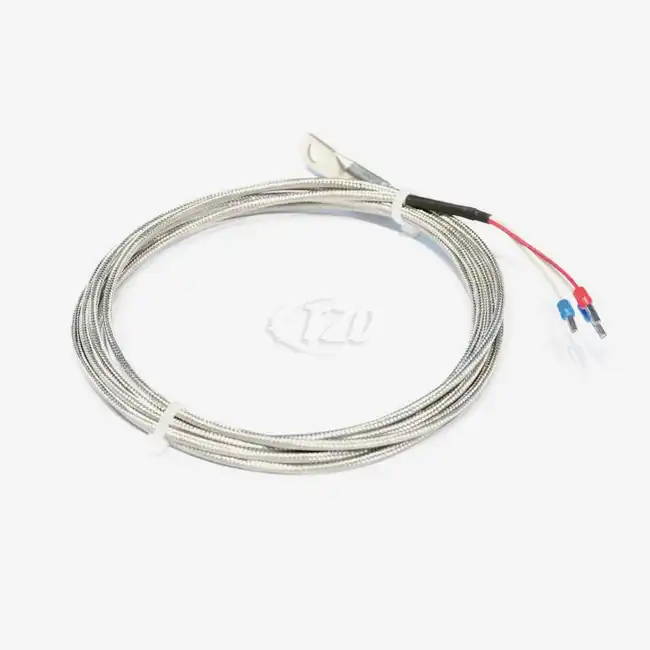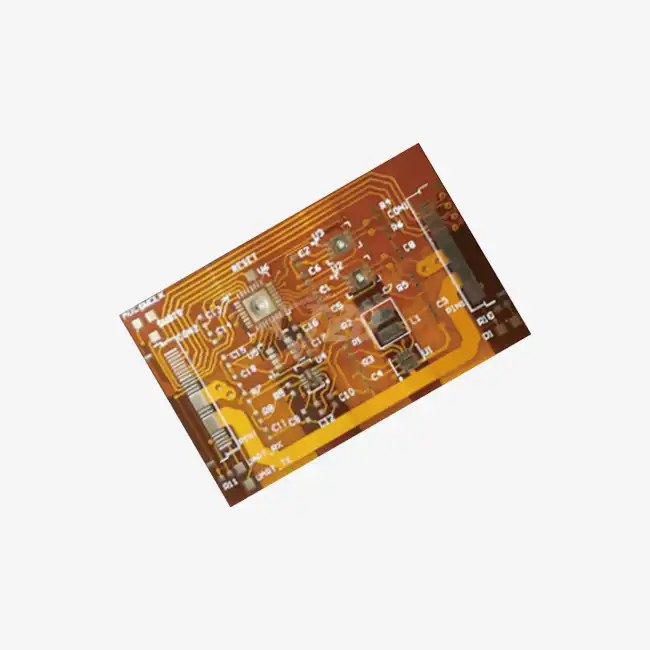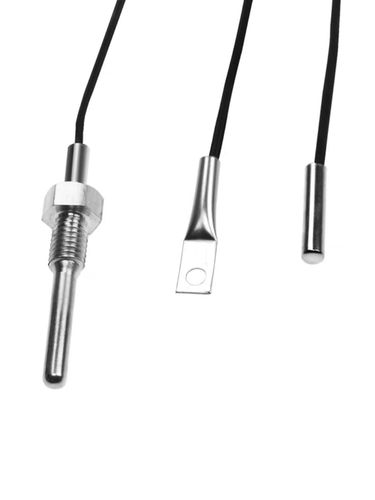The Evolution of Flexible Thermal Sensor Design
Materials Science Advancements
The evolution of flexible thermal sensor design has been significantly influenced by advancements in materials science. Traditional rigid sensors have given way to more versatile and adaptable alternatives. Researchers have developed novel composite materials that combine thermal sensitivity with mechanical flexibility, allowing sensors to bend and stretch without compromising performance.
One of the key breakthroughs in this field is the utilization of polymer-based substrates. These materials offer excellent flexibility while maintaining thermal stability across a wide temperature range. By incorporating conductive nanoparticles or carbon nanotubes into these polymer matrices, scientists have created sensors that can detect minute temperature changes with high precision.
Moreover, the development of stretchable electronics has further enhanced the capabilities of flexible thermal sensors. These sensors can now withstand significant deformation while maintaining their functionality, making them ideal for applications in wearable technology and soft robotics.
Miniaturization and Integration
Another crucial aspect of the evolution in flexible thermal sensor design is the trend towards miniaturization and integration. As manufacturing techniques have improved, it has become possible to create increasingly compact sensors without sacrificing performance. This miniaturization has opened up modern conceivable outcomes for implanting warm sensors in a wide extend of gadgets and materials.
Integrated circuit technology has played a vital role in this process. By combining detecting components with flag handling and communication capabilities on a single chip, producers have made exceedingly effective and compact adaptable warm sensors. These coordinates sensors offer progressed precision, diminished control utilization, and upgraded unwavering quality.
Furthermore, the integration of multiple sensing modalities into a single flexible platform has become a reality. This approach permits for the synchronous estimation of temperature along with other parameters such as weight, mugginess, or strain. Such multi-functional sensors provide a more comprehensive understanding of environmental conditions, particularly valuable in complex systems and processes.
Innovative Applications of Flexible Thermal Sensors
Wearable Health Monitoring Devices
The field of wearable health monitoring has been revolutionized by the advent of flexible thermal sensors. These sensors can be seamlessly integrated into clothing or directly adhered to the skin, providing continuous and non-invasive temperature monitoring. This capability is particularly valuable for early detection of fever, sleep quality assessment, and tracking of circadian rhythms.
Advanced flexible thermal sensors in wearable devices can now detect subtle temperature variations associated with specific physiological processes. For instance, they can monitor changes in skin temperature that correlate with stress levels or hormonal fluctuations. This information can be invaluable for managing chronic conditions, optimizing athletic performance, or simply promoting overall well-being.
Moreover, the flexibility of these sensors allows for improved comfort and user compliance. Unlike traditional rigid sensors, flexible thermal sensors can conform to the body's contours, minimizing discomfort and interference with daily activities. This characteristic makes them perfect for long-term wellbeing observing applications, especially in helpless populaces such as newborn children or the elderly.

Aerospace and Automotive Applications
The aviation and car businesses have grasped adaptable warm sensor innovation to upgrade security, effectiveness, and execution. In aircraft, these sensors can be integrated into the fuselage or wings to monitor temperature distributions, detect potential hotspots, and ensure optimal operating conditions for critical components.
Flexible thermal sensors are particularly valuable in electric vehicles, where battery temperature management is crucial for performance and safety. These sensors can be wrapped around battery cells or integrated into cooling systems, providing real-time temperature data to optimize charging processes and prevent thermal runaway events.
In automotive applications, flexible thermal sensors are being used to enhance passenger comfort and safety. They can be embedded in seat fabrics to provide personalized climate control or integrated into steering wheels to monitor driver alertness through hand temperature changes. The ability of these sensors to conform to complex geometries makes them ideal for monitoring temperature in hard-to-reach areas of engines and exhaust systems.
Future Prospects and Challenges in Flexible Thermal Sensor Technology
Emerging Trends and Research Directions
The field of flexible thermal sensor technology continues to evolve rapidly, with several exciting trends and research directions on the horizon. One area of focus is the development of self-powered flexible thermal sensors. By consolidating vitality gathering advances such as thermoelectric or piezoelectric materials, analysts point to make sensors that can work independently without the require for outside control sources.
Another promising direction is the integration of artificial intelligence and machine learning algorithms with flexible thermal sensors. This combination could enable predictive maintenance in industrial settings, early disease detection in healthcare, or adaptive environmental control in smart buildings. The ability to process and interpret large volumes of temperature data in real-time could lead to more proactive and efficient systems across various applications.
Researchers are also exploring bio-inspired designs for flexible thermal sensors. By mimicking the temperature-sensing mechanisms found in nature, such as those in snakes or beetles, scientists hope to create highly sensitive and adaptable sensors. These bio-inspired approaches could lead to breakthroughs in sensor efficiency and functionality.
Overcoming Technical Hurdles
Despite the significant progress in flexible thermal sensor technology, several technical challenges remain to be addressed. One of the primary concerns is long-term stability and durability. Flexible sensors are often subjected to repeated bending, stretching, and exposure to harsh environments. Ensuring consistent performance over extended periods under these conditions is crucial for widespread adoption.
Another challenge lies in achieving uniform sensitivity across the entire sensing area of flexible thermal sensors. Due to their deformable nature, maintaining consistent thermal properties throughout the sensor can be difficult. Researchers are exploring advanced manufacturing techniques and novel material compositions to overcome this hurdle.
Improving the spatial resolution of flexible thermal sensors is also an area of ongoing research. While current sensors can detect temperature changes with high accuracy, enhancing their ability to pinpoint the exact location of temperature variations within a larger area would greatly expand their utility in applications such as non-destructive testing or medical diagnostics.
As the field of flexible thermal sensor technology continues to advance, addressing these challenges will be crucial in unlocking the full potential of these innovative devices across a wide range of industries and applications.

Conclusion
The rapid advancements in flexible thermal sensor technology have opened up new possibilities across various industries. From wearable health monitoring to aerospace applications, these innovative sensors are transforming the way we measure and interact with temperature. As research continues and manufacturing processes improve, we can expect even more exciting developments in this field.
For those interested in learning more about cutting-edge flexible thermal sensor technology or exploring custom solutions for specific applications, Xi'an Tongzida Technology Co., Ltd. offers expertise in this area. Our team of specialists is dedicated to pushing the boundaries of sensor technology and can provide tailored solutions to meet your unique needs. To discuss how our advanced flexible thermal sensors can benefit your projects, please contact us at sales11@xatzd.com.




